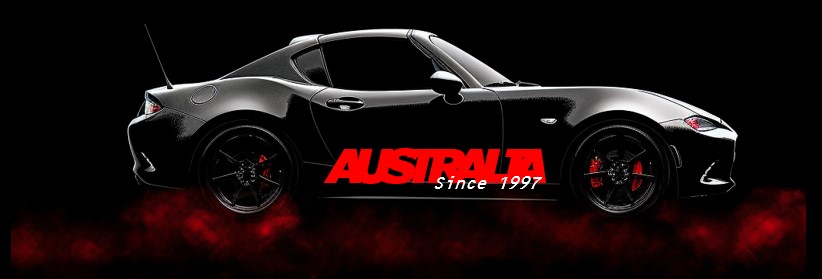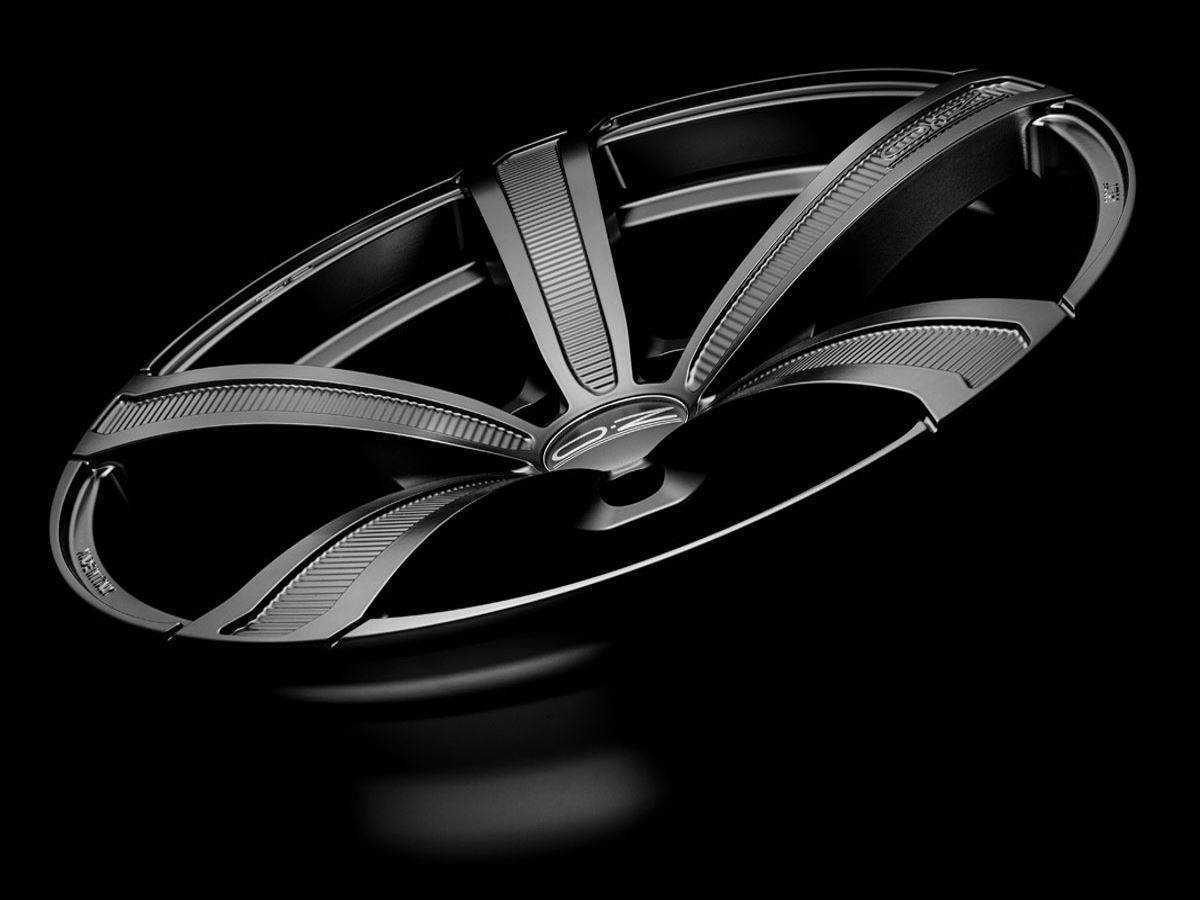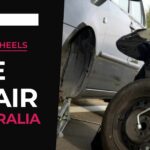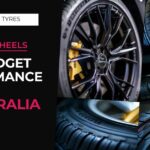For most of us buying a car means buying something second hand, and are we ever sure if we’re buying something reliable or a money pit?
Then again, those who buy a new car from a dealer will pay hefty amounts of hard-earned cash. When you know what to look for when buying a second hand car, it’s likely you’ll buy something very reliable for far less money.
So without too much ado, here’s a Second Hand Car Buying Checklist for you to print out and take with you on your car buying adventure:
Physical and Functional Checks
First, let’s start with physical and functional checks, basic things in the car inspection checklist.
Engine
The last thing you want when buying a second hand car is a dodgy engine. For most cars a broken engine equals scrap heap heaven and zero return on your investment.
Check the engine oil. If it’s creamy or has an extra brown color, it is probably mixed with coolant. Not a good sign, and you’re looking at future repairs. Check the engine oil before and after the test drive to check the sludge and identify the faulty parts in an engine.
The engine shouldn’t make unusual noises during the test drive. If it is, leave the car, because these noises will turn into bigger problems.
Accident Patterns, Rust, and Signs of Abuse
Rust on body parts gets worse quickly and weakens the car. Unless you want to fork out $$$s on bodywork repairs it’s best to avoid buying a second hand car with rusty body parts. This includes rusty panels, pillars, boots, and engine bay brackets and radiator support.
Moreover, if the car shows signs of collision, dents, or signs of abuse, it means the current owner hasn’t been driving it well, or possibly hooning it around town. Some Hondas and Toyotas can take such abuse, but you should still consider it a red flag.
Fluid Leakage
Fluid leakages aren’t good news. Take a good look in the engine bay, under the engine bay, and around the underneath of the car. Any signs of leaky oil around the engine block could be an expensive repair, especially if the engine or gearbox needs to be removed to fix even the smallest leak.
If you find a leak, ask the owner about it and judge their response. Do due diligence before buying a car with any kind of fluid leak.
Smoke and Steam from the Exhaust
In cold winter months (so I’m talking about Melbourne), you may find some steam coming from the exhaust. This doesn’t mean there’s an issue with the car (well, unless it’s an electric car!)
However, smoke coming from the exhaust is something to worry about. When the car is started or driven away, ideally you want a friend standing behind the car (not too close) to keep an eye out for smoke.
If there is smoke, it will be white, blue, or black. This is what it may mean:
- White smoke – This means the engine coolant is leaking into the engine. It’s a red flag, so walk away.
- Blue smoke – This means the engine oil is burning in the combustion chamber. Not only can this be an expensive fix, it can also be dangerous. Another red flag, so walk away.
- Black smoke – This is a sign the car is burning too much fuel. This should be a cheaper fix, or one you don’t care about (What? You don’t care about Planet A!?). Whether you buy a car emitting black smoke may depend on how cheap it is, or how much you want to upset cyclists.
Paint Job
Sometimes it’s hard to notice when a paint job is original or a repair. Have a good look around the car from different angles, squatting down if necessary. Can you see any areas of paint which differ from the rest of the car?
Paint repairs may be a slightly different shade or texture, and suggest either an accident or rust repair.
Particularly look around the bumpers, doors, and wheel arches (which can often rust).
As it’s difficult to spot paint repairs with the naked eye, you may want to call a friend who’s better at this stuff (or pay your local car mechanic a slab of VB).
Documents
Most second hand car buyers have already convinced themselves they’re buying the car by the time it gets to viewing documents. Who likes documents, right?
However, there are some important checks you must do before you hand over a wad of cash.
Title
Always make sure you’re buying the car from the legal owner.
If there’s some reason the owner isn’t selling the car, such as “My mate’s working up north, init”, and “needs the cash urgent, like”, then it’s probably best to walk away.
Always check the title belongs to the owner and not a financing company. If the car is financed, i.e. the loan hasn’t been paid off yet, then consider that a big red flag. Don’t take the owner’s word if he (or she) says the loan has been paid off.
Bills of Sale
Bill(s) of sale refers to the documents made when the car was last sold to the current seller. It should include details about the car and the previous owner, including make & model, vehicle identification number (VIN), names and contacts of the previous owner, date of sale, and price.
Make sure you check the VIN matches the stamp on the car. This is often under the engine bay, but in some vehicles it can be tucked away in an obscure place. A quick Google search would give you the answer, so it’s worth knowing before you view the second hand car.
Rebuilt and salvage titles
Rebuilt means the car has been in an accident. You can assume it was totaled, then rebuilt. If you’re buying a classic or unusual car you may overlook this if you are assured the rebuild was done professionally, but keep in mind these cars should have a much lower price than non-rebuilt cars.
Salvage titles refer to the insurance-declared titles. This means the car was in an accident and the insurance company decided it was cheaper to pay out the original value than pay for the repairs. Sometimes these cars are fully repaired by a professional and resold into circulation, especially with classic and unusual vehicles. To give an example, I’m a keen enthusiast of 1980s/1990s Honda Civic CRXs, a car often undervalued by an insurance company due to age, but still loved by many enthusiasts.
Test Drive
Whatever problems you might not detect in the first look and physical test, you may pick up in the test drive.
Needless to say, you should always test drive a second hand car before you buy it. If there is any reason why the owner refuses to let you drive it, other than checking your ID and insurance, or taking a deposit, then consider this multiple red flags waving in front of your eyeballs.
The most important things to tune in to on a test drive are steering and suspension. Does the car operate and feel like it should?
A test drive will especially tell you about steering and suspension; how well the car operates and follows the driver’s commands.
What to check for when test driving a second hand car
- Acceleration – Check for smooth acceleration without hesitation or jerking.
- Braking – Are the brakes even and responsive? Are there any unusual noises while braking, such as scraping?
- Steering – Does the steering feel responsive? Does the car pull to one side? Does the car pull to one side while braking?
- Suspension – Is the car smooth over bumps? Does the suspension bounce excessively, or make any knocking noises?
- Handling -Is the car smooth around corners? Is there any instability or unusual vibrations?
- Transmission – Are gear shifts smooth and responsive? Does an auto gearbox clunk, or is a manual gearbox smooth and easy to change in every gear?
- Noise – Listen for unusual engine, transmission, or suspension noises. Make sure the stereo is off while driving, and drive a little while with the windows open to listen for exterior noises.
- Dashboard – When starting the car, does the engine light display momentarily before turning off? If not, it may mean the bulb has been removed to hide an engine fault. Make sure all gauges and warning lights read correctly.
- HVAC – When buying a car in the Aussie summer you should still check heating, and in winter you should still check aircon. Make sure ventilation works as expected, because you don’t want to have sweaty pits when the sun comes out.
- Cruise Control – If a second hand car has cruise control, then make sure it works correctly. Even if cruise control isn’t something you particularly care about, it’s definitely a bargaining chip if it doesn’t work.
Final Checks
This is where the Second Hand Car Buying Checklist gets a little more in-depth.
OBD Codes
For decades most cars have had a rudimentary computer (or “ECU”) to control and monitor the many functions of a car. When a second hand car “throws a fault”, this can be recorded on the computer. With a tool known as an OBD Scanner (which you can easily buy), you can check the on-board diagnostic codes.
On-board diagnostic codes are of two kinds: permanent and historic. Attaching the scanner to the car’s computer will reveal OBD codes. The permanent code indicates a serious problem with the car, so a major red flag.
In some older cars you may not need an OBD Scanner, instead a light on the ECU will flash an error code (a bit like morse code) when you turn the ignition key.
It’s unlikely, but it’s possible to hide faulty codes with old data so the scanner cannot detect them. If in doubt you should get an expert (or your local car mechanic) to make sure the system has been messed with.
This Second Hand Car Buying Checklist does not cover everything. There are many components in all cars, and many issues which occur. When buying a second hand car you should always assume there will be aspects of ongoing maintenance, but hopefully armed with this checklist you’ll be able to avoid the major issues and pitfalls of buying a second hand car!
So, now you’ve viewed the car and checked off all the above, it’s time to make a decision! Good luck!







